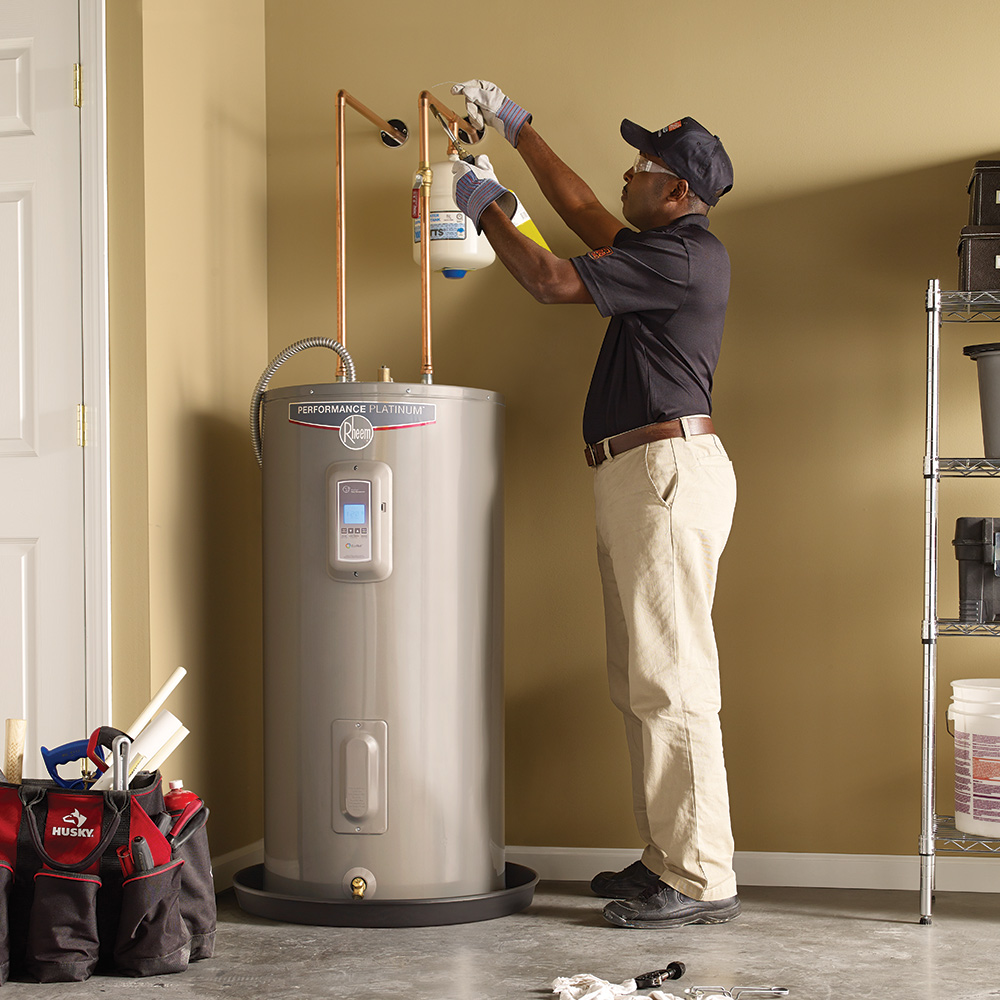Making Sure Longevity of Your Home's Hot Water System: Care TipsEffective Techniques for Maintaining Your Home's Hot Water SystemBest Methods to Care for Your Home's Hot Water System Successfully
Making Sure Longevity of Your Home's Hot Water System: Care TipsEffective Techniques for Maintaining Your Home's Hot Water SystemBest Methods to Care for Your Home's Hot Water System Successfully
Blog Article
Just how do you feel in relation to How to Maintain a Hot Water Heater in a Few Simple Steps?

Warm water is necessary for daily convenience, whether it's for a refreshing shower or washing recipes. To ensure your warm water system runs efficiently and lasts much longer, regular maintenance is essential. This write-up offers sensible suggestions and understandings on how to preserve your home's warm water system to avoid disruptions and expensive fixings.
Introduction
Preserving your home's warm water system might seem challenging, however with a couple of basic actions, you can ensure it operates smoothly for several years to come. This guide covers every little thing from understanding your hot water system to do it yourself maintenance pointers and knowing when to call professional assistance.
Importance of Maintaining Your Hot Water System
Regular maintenance not just expands the lifespan of your hot water system however additionally guarantees it operates successfully. Neglecting maintenance can cause lowered performance, higher energy expenses, and also early failure of the system.
Signs Your Hot Water System Requirements Upkeep
Knowing when your hot water system needs interest can protect against significant issues. Look out for signs such as irregular water temperature level, strange noises from the heater, or rustic water.
Understanding Your Hot Water System
Prior to diving right into upkeep tasks, it's practical to recognize the fundamental elements of your warm water system. Normally, this includes the water heater itself, pipes, anode poles, and temperature level controls.
Month-to-month Upkeep Tasks
Routine monthly checks can help capture small concerns before they intensify.
Flushing the Water Heater
Flushing your water heater removes debris build-up, boosting effectiveness and extending its life.
Checking and Changing Anode Rods
Anode rods avoid corrosion inside the container. Evaluating and changing them when worn is essential.
Checking and Changing Temperature Setups
Readjusting the temperature settings makes certain optimum performance and security.
DIY Tips for Maintenance
You can execute numerous maintenance tasks yourself to keep your hot water system in leading problem.
Checking for Leaks
Regularly evaluate pipes and links for leaks, as these can lead to water damages and greater expenses.
Evaluating Pressure Relief Valves
Checking the pressure safety valve guarantees it functions appropriately and stops extreme pressure build-up.
Protecting Pipelines
Protecting hot water pipelines decreases heat loss and can conserve energy.
When to Call a Specialist
While DIY upkeep is helpful, some issues call for specialist knowledge.
Complex Problems Requiring Expert Help
Examples include major leaks, electrical issues, or if your water heater is regularly underperforming.
Routine Expert Upkeep Conveniences
Expert upkeep can include thorough assessments, tune-ups, and ensuring conformity with safety criteria.
Conclusion
Routine upkeep of your home's hot water system is vital for performance, durability, and expense financial savings. By adhering to these tips and knowing when to seek expert help, you can guarantee a reliable supply of hot water without unforeseen disturbances.
Water Heater Maintenance Tips
Test the TPR Valve
Shut off the power and the cold-water supply valve. Place a bucket under the pipe connected to the temperature-pressure-release (TPR) valve on the top or side of the tank. (This valve opens if the tank pressure gets too high.) Lift the valve’s tab to let some water out, then let go. If water keeps flowing, drain the tank partway, unscrew the old valve with a pipe wrench, and install a new one. Check the Anode Rod
Put a hose to the tank’s drain cock and let out a few gallons of water. Now fit a 1 1/16-inch socket onto the rod’s hex head on top of the heater (or under its top plate) and unscrew the rod. If it’s less than ½ inch thick or coated with calcium, buy a new one, wrap its threads with Teflon tape, put it back in the tank, and tighten securely. Use this segmented rod if headroom above the tank is limited. Drain the Tank and Wash Out Sediment
Drain the remaining water in the tank into the bucket, then stir up the sediment on the tank’s bottom by briefly opening the cold-water supply valve. Drain and repeat until clean water comes out of the hose. Close the drain cock, refill the tank, and turn its power back on. Adjust the Temperature
Find the temperature dial on the side of the tank and unscrew its cover. Adjust the dial to 120 degrees using a flathead screwdriver. For every 10 degrees the temperature is lowered, you can expect to save up to 5 percent in energy costs. Turn the water heater off or the thermostat down to its lowest setting if you plan to be away from home for more than three days. Insulate the Pipes
Buy some self-sticking 3/8-inch-thick foam pipe insulation that matches the pipes’ diameter. Slide the foam over the hot-and cold-water pipes as far as you can reach. Insulating the cold-water pipe prevents condensation in summer. Peel the tape and squeeze the insulation closed. If the pipe is 6 inches or less from the flue, cover it with 1-inch-thick unfaced fiberglass pipe wrap. https://www.thisoldhouse.com/plumbing/21016402/how-to-maintain-a-water-heater

I was shown that write-up on Tips For Maintaining Your Hot Water Heater through a pal on a different domain. Sharing is caring. Who knows, you could be doing someone a favor. Thank-you for your time spent reading it.
Information Report this page